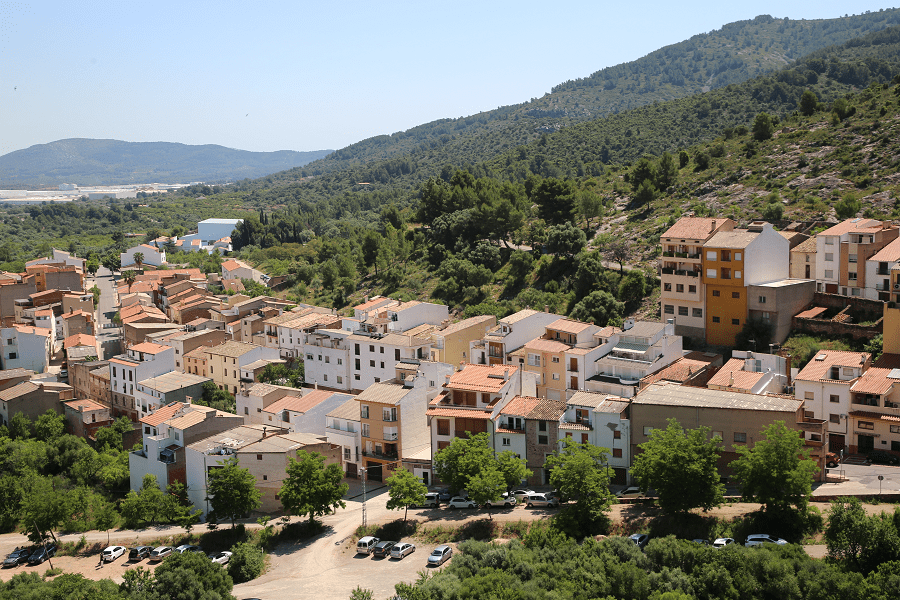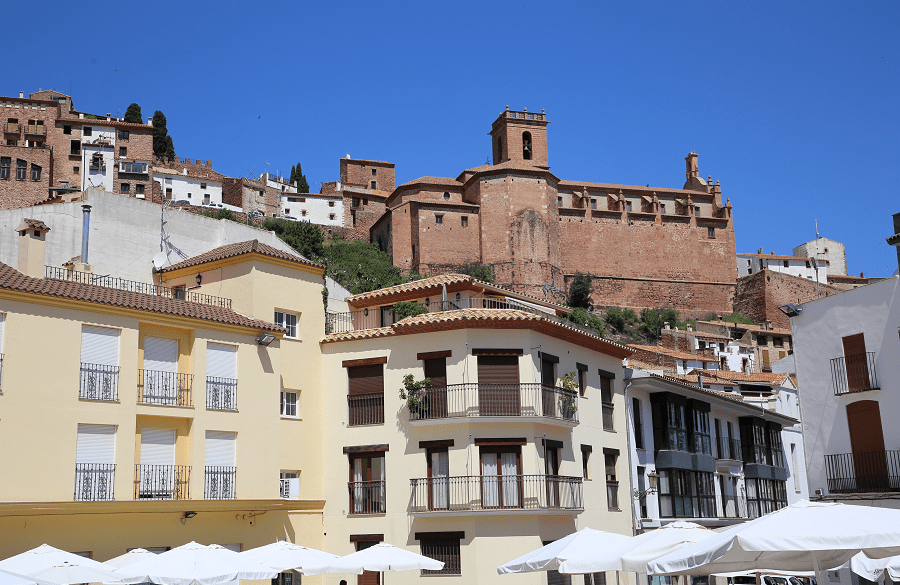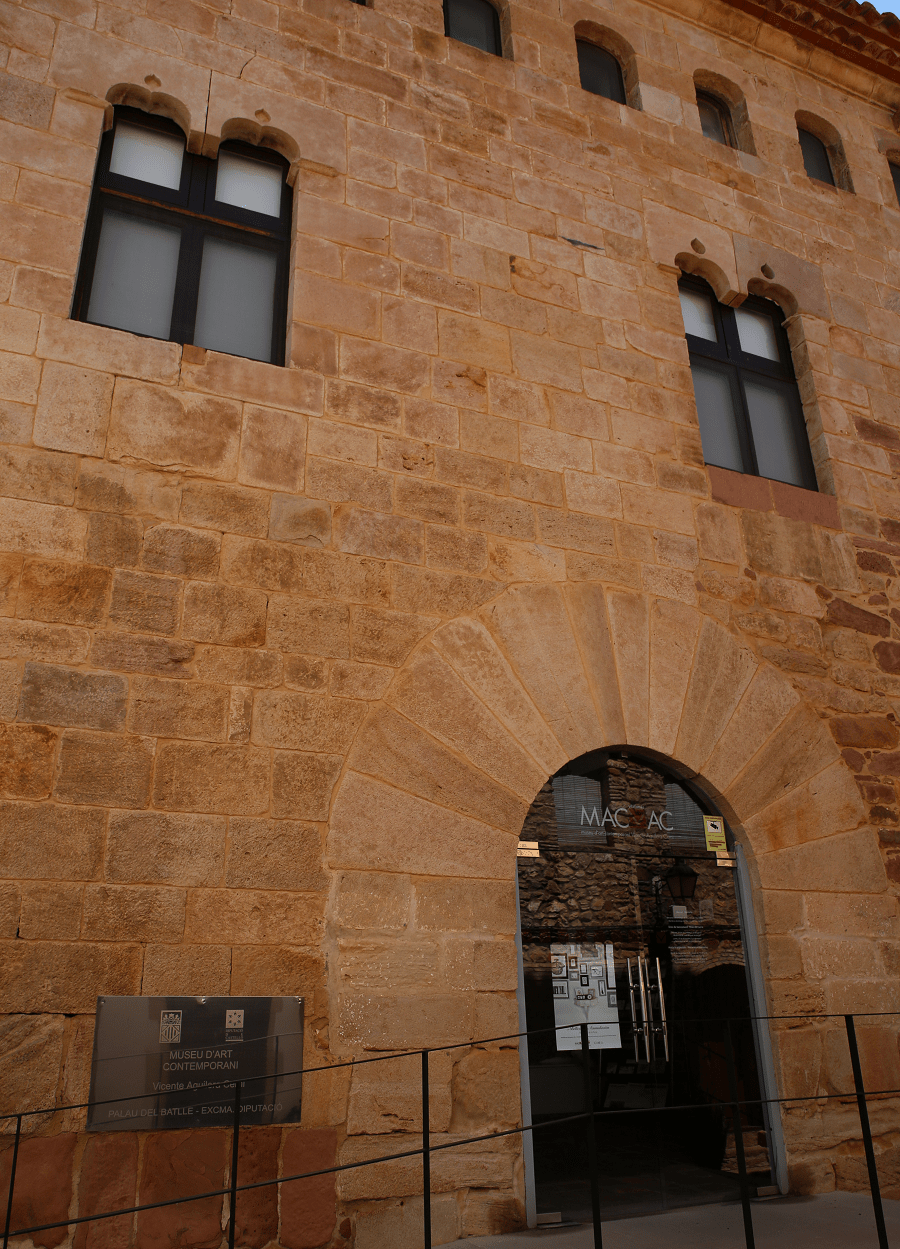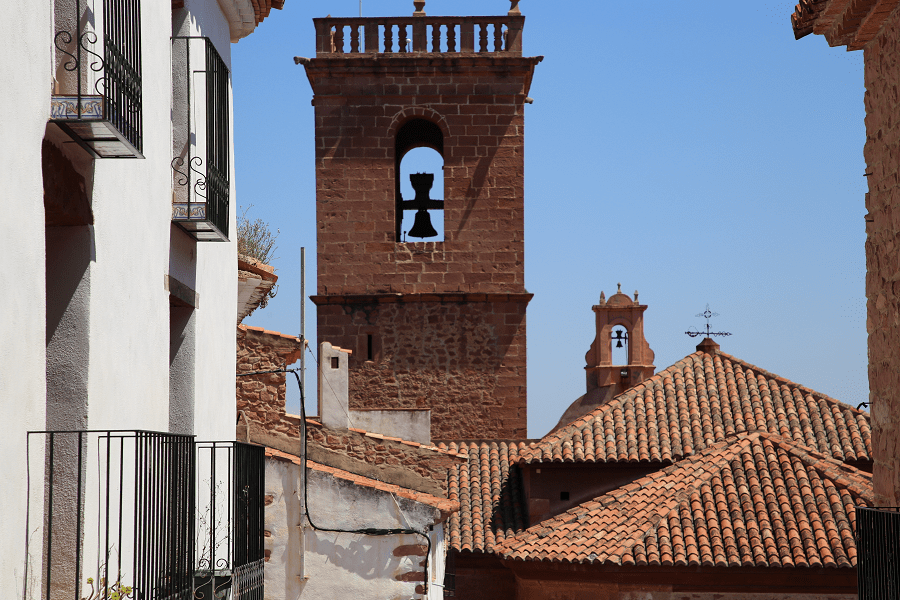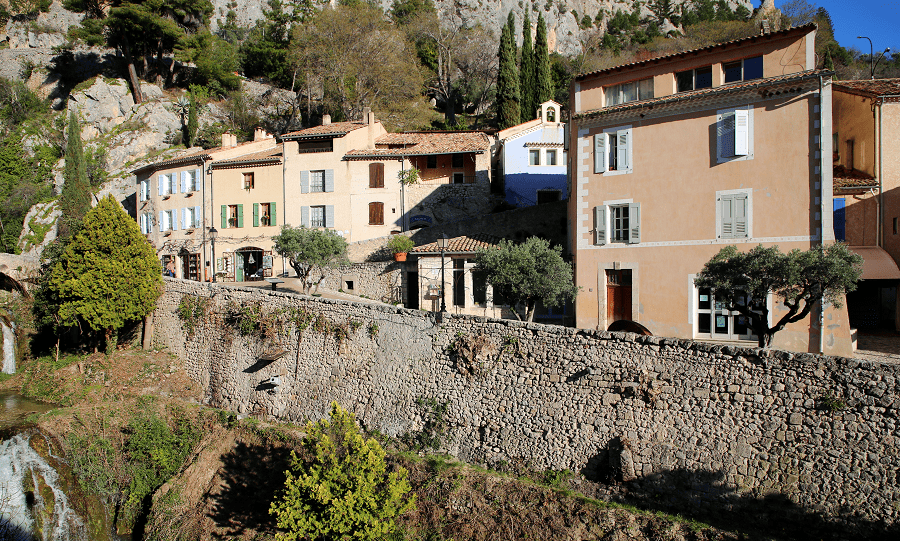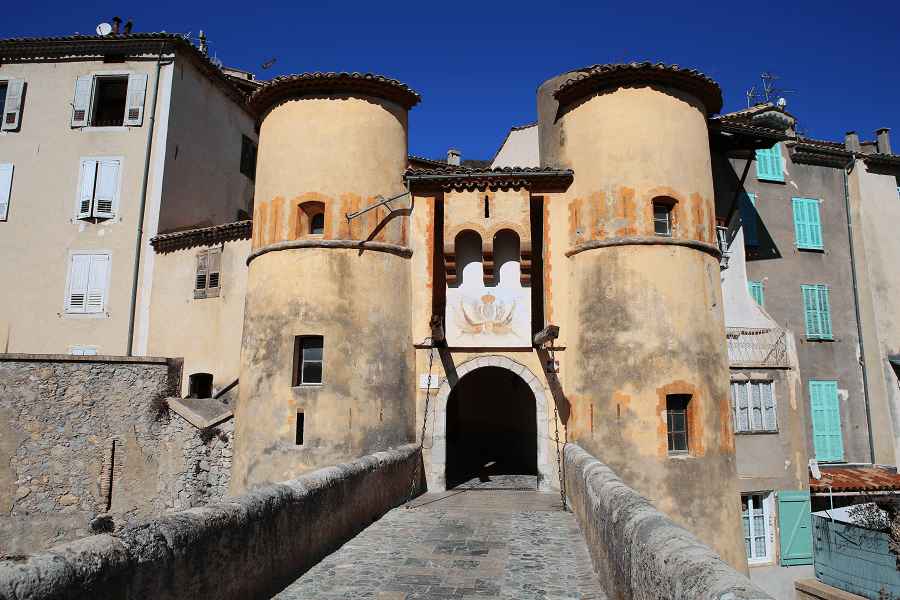Villafamés is a municipality of the Valencian Community, Spain. Located in the province of Castellón, in the Plana Alta region, 25 minutes by car from Castellón de la Plana.
The village is a member of The Most Beautiful Towns of Spain association.
Tourism and main attractions
Church of the Blood. Of medieval origin and Baroque in the 17th century.
Hermitage of San Miguel. It is a simple construction dating back to 1640 with a wide facade with windows and a spacious porch with arches. It is structured in two parts, the religious one, with a room for worship with a rectangular floor plan with a high choir at the feet and a lateral sacristy, and a guesthouse for hermits.
Hermitage of San Ramón. It is a simple hermitage, from the 18th century, with a central plan and covered with a blind dome.
Church of the Assumption. From the end of the 16th century, construction began in 1594. Its plan was drawn up by the master of the Seo de Tortosa, Martín de Mendoza and awarded to Juan Palacios for its realization. In 1778 it was reformed, extending the transept with the communion chapel and new presbytery, concluding the expansion works in 1783. The dome, demolished for threatening ruin, was erected again in 1806. Made of ashlar masonry, surrounding the land and masonry, covered with a double-sided Arabic tile.
The Tossal de la Font. In this large cavity, anthropological remains attributed to the Neanderthal man were located, specifically a female individual of the Homo sapiens species, with an approximate age of 80,000 years, which makes it the only site of this type located in the Valencian Community.
The Matutano Cave. It is a site belonging to the Upper Paleolithic, whose good conservation makes it the only site of that period existing in the Castellón regions, which allows documenting one of the least known periods of Prehistory, which extends between 14,000 and 11 5000 BP.
The Castle Shelter. It houses one of the most interesting sets of schematic cave paintings in the Valencian Community. Among the various pictorial motifs, the representations identified as anthropomorphic stand out, and among these, the one made by means of a thick line forming a spiral, which draws a circular space, tangent on its lower part to another figure that extends downwards, with two points, and which has been interpreted as a solar representation.
Ramparts (Walls) with attached square towers and circular tower. Declared a Site of Cultural Interest.
Castle. Located at the top of the village. The foundation of it as well as various documents, which refer to “Beni-Hamez”, indicate its Arab origin. Conquered by Jaime I in 1233, it has undergone different reforms throughout its history, its oldest vestiges being from the 14th century. It suffered important attacks during the Carlist wars in the 19th century, also producing the adaptation of the fortification system to the new techniques of war.
The Cuartijo. Located at the foot of the castle, it is the oldest urban area of the population. It appears surrounded by a system of walls that encompasses the primitive enclosure of the population, corresponding to the old town, and where the oldest buildings in the municipality are located: City Hall, Church of the Blood, etc.
Batlle Palace. It is a palatial building typical of the Valencian civil Gothic, built in the 14th-15th centuries and the residence of the royal administrator. Its structure is the typical one of the Valencian Gothic palace-houses with semi-basement, mezzanine, main floor and attic, in addition to having an interior patio and in it a rectangular tower is located. It is the headquarters of the Museum of Contemporary Art “Vicente Aguilera Cerni” founded in 1970.
How to get to?
By car:
From Valencia 1 hr 10 min (95.1 km) via CV-10
From Barcelona 2 hr 58 min (273 km) via AP-7
From Madrid 4 hr 30 min (444 km) via A-3
Main information
Area: 70 sq. km (municipality)
Coordinates: 40°06′45″N 0°03′15″W
Population: 1830 (municipality)
Languages: Spanish, Valencian
Currency: Euro
Visa: Schengen
Time: Central European UTC +1




